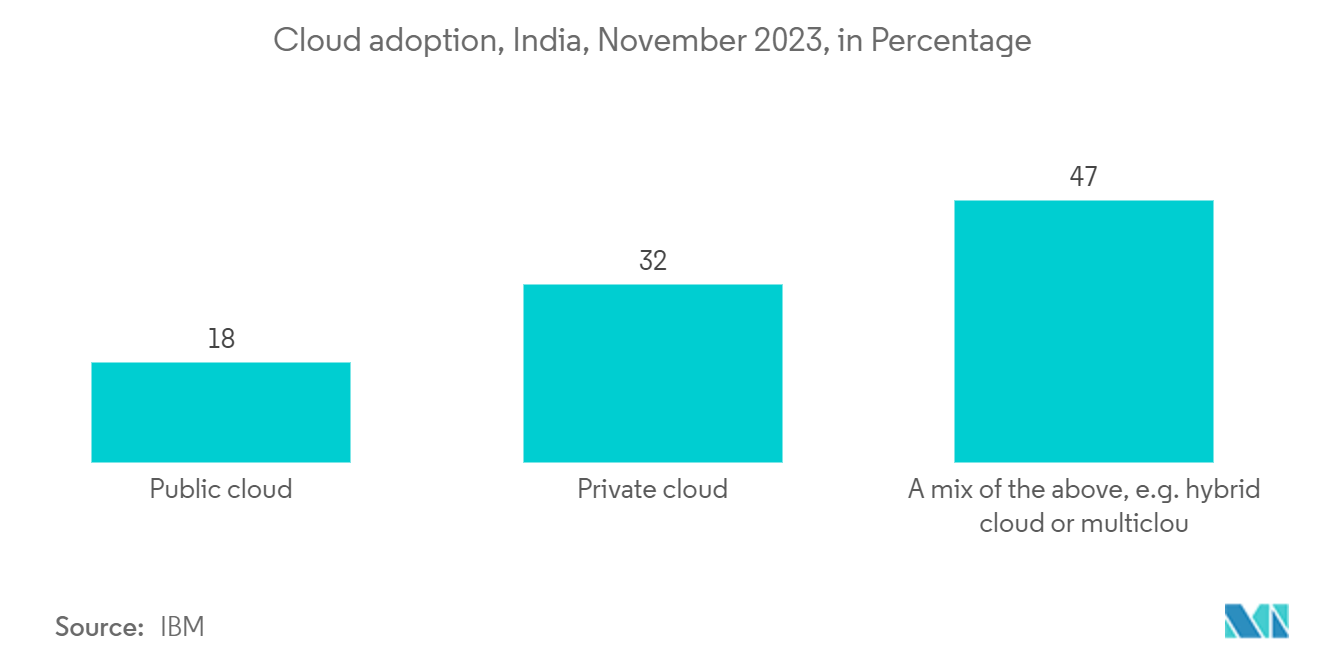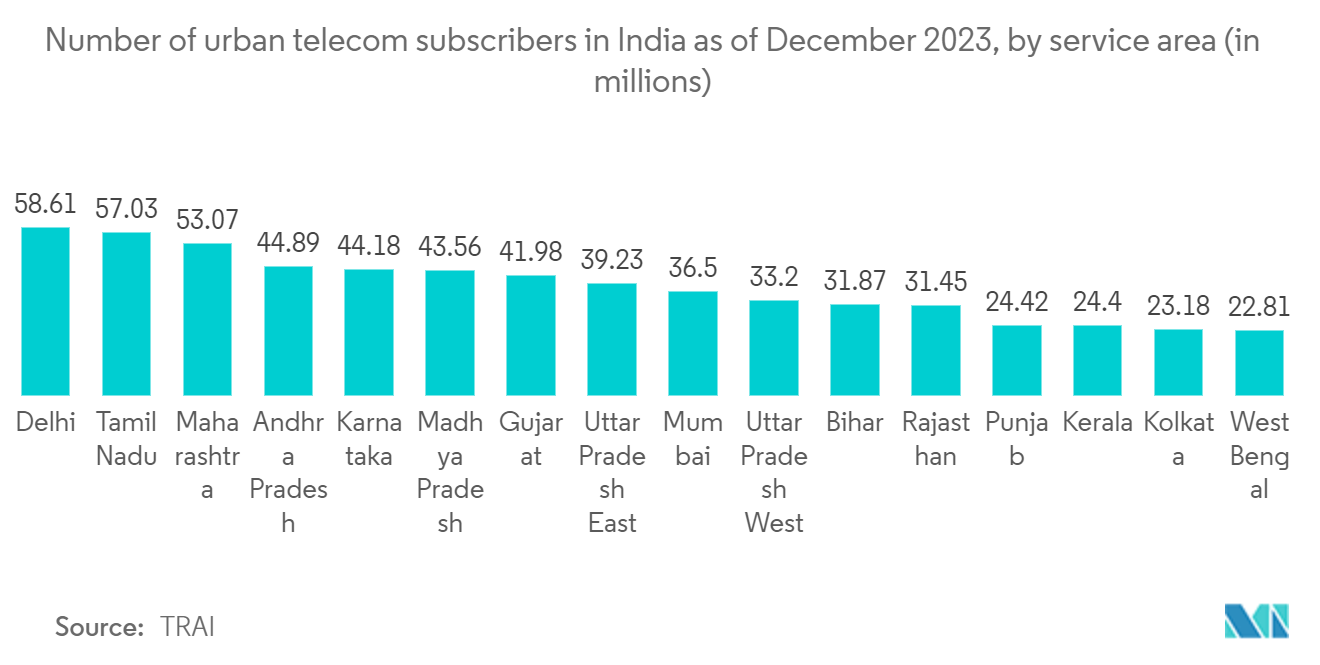Market Trends of India Software Services Export Industry
Increasing Demand for Infrastructure Modernization, Digital Support, and Cloud Services
- Infrastructure modernization involves enhancing an organization's IT setup for better performance, scalability, and security. This encompasses transitioning from older systems to cloud-based platforms, embracing containerization, and integrating automation and DevOps methodologies. The primary goal is to boost agility, cut operational expenses, and facilitate digital transformation, empowering businesses to stay ahead of tech trends and customer needs.
- The increasing emphasis on cybersecurity, operational efficiency, and cost-effectiveness is driving the push for infrastructure modernization. These enhancements empower Indian software service providers to not only meet the evolving demands of global clients but also to stay competitive in the international market by delivering high-quality, innovative, and secure solutions.
- India is on a journey to transition into a developed market economy and advanced technology deployment, which is expected to play a significant part in this process. Moreover, India’s Finance Minister has emphasized India's digital infrastructure in driving economic formalization in the modern era in the country’s interim budget. According to a recent survey by Vi Business (the Arm of Vodafone Idea), nearly one lakh MSMEs said that less than 60% of businesses had embraced digitalization across various verticals.
- As per the Ministry of Electronics and Information Technology, India's IT/ITeS industry holds a significant global position, significantly bolstering exports and job creation. The nation's IT-BPM sector (excluding e-commerce) is poised to hit a valuation of USD 254 billion, with exports making up approximately USD 200 billion in the fiscal year 2023-24 (estimated). The IT-ITeS industry has also significantly bolstered employment and is anticipated to employ a total workforce of around 5.43 million professionals. This marks an increase of 60,000 individuals from the previous fiscal year (FY 2022-2023). Notably, women constitute 36% of the industry's workforce.
- The market players are helping companies build their digital transformation IT strategies. For instance, in March 2024, Tata Consultancy Services declared the multimillion-dollar strategic partnership to support the end-to-end IT transformation of Ramboll, an architecture, engineering, and consultancy company headquartered in Denmark. The company would modernize and streamline Ramboll's IT operating model to strive for business growth in IT over the next seven years.

IT Services Expected to Capture Significant Market Share
- Many countries have long exported IT work to developing economies like India to save on labor costs. With the country housing many major IT service export players, the demand for IT services export is expected to gain significant momentum in India in the coming years. In the wake of digital transformation worldwide, companies are rapidly upgrading their legacy IT infrastructure, thus creating demand for IT consulting and implementation services in India. Digital transformation provides companies with a strategic and competitive advantage in terms of determining IT services and their importance, further organizes the IT services as an activity of a plan-build-run framework, and defines the IT service strategy for the organization.
- The landscape of IT services in India is changing rapidly. The proliferation of advanced technologies, like big data and machine learning in various end-user industries, fuels the need for updated IT infrastructure. In addition, this adoption of emerging technologies enables businesses to replace outdated infrastructure and hardware, driving the IT services segment's growth in India. Moreover, due to advancements in IT operation across the cloud-based platform, IT services have become more data-driven and real-time, creating greater value for the business, especially in operational efficiency, business opportunity discovery, and remote access optimization. As per data by NASSCOM, the technology sector grew by USD 245 billion in India due to investments in advanced and modern digital infrastructure.
- Furthermore, cloud computing is envisioned as a transformative technology for enterprises, governments, and consumers. It not only supports digital transformation but also enables innovation and collaboration among the IT ecosystem players. According to the International Trade Administration, the ICT sector and the digital economy collectively account for over 13% of India's GDP, making them pivotal economic pillars. India has set an ambitious target, aiming to elevate the ICT sector to a USD 1 trillion valuation by 2025, representing a significant 20% of the projected GDP.
- In addition, IT service providers are indulging in partnerships with various end-user companies to assist them with advanced technology implementation. In February 2024, Wipro announced becoming a majority shareholder in Aggne. This move strengthens Wipro's position in the property and casualty (P&C) insurance industry by giving them access to Aggne's advanced technology and expertise. The integrated capabilities of Wipro and Aggne will help leverage technologies to deliver faster speed-to-market and more competitive services to clients in the P&C sector.
- Furthermore, the rising number of telecom subscribers is driving the market’s growth significantly, as it increases the demand for telecom-specific software solutions, such as CRM, billing, and network management systems. Enhanced connectivity and communication capabilities boost remote collaboration and outsourcing opportunities, enabling software service providers to deliver their services globally. In addition, telecom advancements promote the development of innovative applications and digital services, expanding market opportunities for software exporters. This synergy between telecom expansion and software demand fuels the growth of the market significantly. According to TRAI, as of December 2023, there were over 58 million urban telecom subscribers in Delhi, India, and the total number of urban telecom subscribers across India during the measured time period was more than 662 million.


